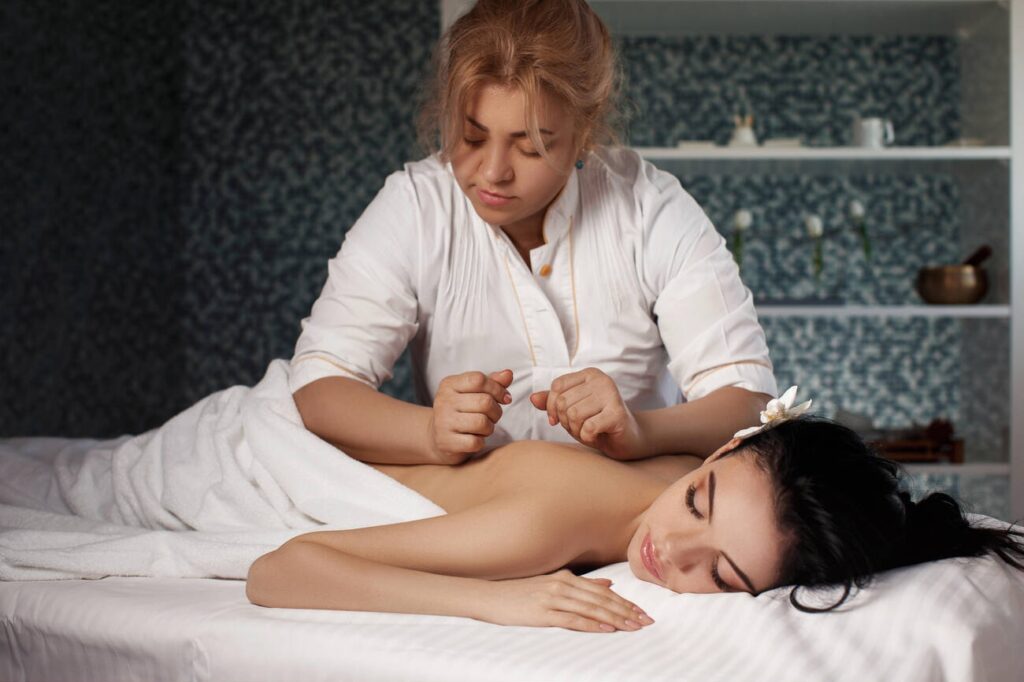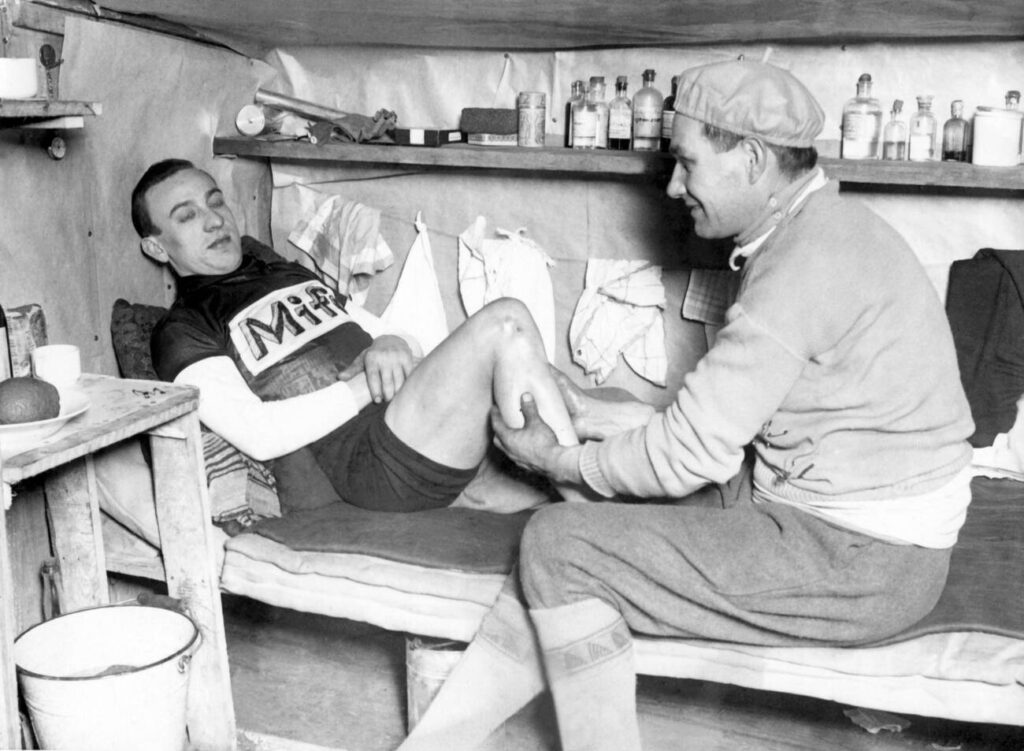Massage, a therapeutic technique involving the manipulation of body tissues, has a rich and varied history that spans cultures and continents. This article explores this fascinating journey, tracing the evolution of massage from ancient times to the present day get complete information related to the history of massage.
Ancient Beginnings
The roots of massage therapy can be traced back to ancient civilizations. In China, texts from as early as 2700 BCE describe the practice of massage in conjunction with herbs and acupuncture as part of traditional Chinese medicine. Similarly, in India, ancient Ayurvedic texts mention the use of massage with oils and spices for maintaining health and wellness.
Egyptian and Greek Contributions
Moving westward, the ancient Egyptians also practiced massage. Wall paintings in tombs from around 2350 BCE depict people getting massages. This practice was not only therapeutic but also part of ritualistic and religious ceremonies.
The Greeks further developed massage techniques, integrating them into daily life. Famous physicians like Hippocrates, often called the ‘Father of Medicine’, wrote extensively about the benefits of rubbing and friction for joint and circulatory problems.

Roman Influence
In Rome, massage became a common part of the bathing culture, with masseurs working in public baths. The Romans adopted many Greek massage techniques and combined them with their own. Galen, a prominent Roman physician, advocated for the history of massage as a critical part of a doctor’s repertoire.
The Middle Ages and the Renaissance
During the Middle Ages, massage’s popularity in Europe declined due to the influence of the church and a growing reliance on surgery and medication. However, it saw a resurgence during the Renaissance when scholars began to revisit Greek and Roman texts.
Eastern Traditions with the history of massage
In the East, massage continued to flourish. In Japan, a form of massage known as ‘Anma’ emerged during the Edo period. Similarly, in Thailand, traditional Thai massage, which combines acupressure, Indian Ayurvedic principles, and assisted yoga postures, has a history going back centuries.
Modern Developments
The 19th century marked a significant turning point with the development of Swedish massage by Per Henrik Ling. This method became the basis for many modern massage techniques used in the West.
In the 20th century, massage therapy grew in popularity as a method for relaxation and stress relief, with different styles emerging, such as deep tissue massage, reflexology, and sports massage.

Today’s Global Practice
Today, massage is a global phenomenon, blending various traditions and techniques from around the world. It’s used for relaxation, rehabilitation, and as a complement to traditional medicine. Technological advancements have also led to new methods, like hydrotherapy and mechanical massage chairs.
Certainly! Here’s a table that can be included in the article to provide a concise yet informative overview of different massage traditions from around the world on the history of massage. This table introduces new information to complement the existing content of the article.
| Region/Country | Time Period | Massage Tradition | Key Features |
|---|---|---|---|
| Egypt | c. 2330 BCE | Tomb Paintings | Earliest depictions of massage, emphasizing its role in relaxation and spiritual practices. |
| China | c. 2700 BCE | Tui Na | Integral to Traditional Chinese Medicine, focusing on balancing energy flow. |
| India | c. 3000 BCE | Ayurvedic Massage | Uses specific oils and techniques to balance body energies (doshas). |
| Japan | 8th Century | Anma | Focuses on balancing body and mind, precursor to Shiatsu. |
| Greece | c. 460 BCE | Classical Massage | Hippocrates advocated for its use in treating various ailments. |
| Rome | 1st Century BCE | Roman Massage | Used for gladiator recovery and in public baths for relaxation. |
| Sweden | 19th Century | Swedish Massage | Developed by Pehr Henrik Ling, includes techniques like effleurage and petrissage. |
| Thailand | Unknown | Thai Massage | Combines acupressure, Indian Ayurvedic principles, and assisted yoga postures. |
| Middle East | Varies | Hammam Treatments | Part of the traditional bathhouse experience, includes various massage techniques. |
| Africa | Varies | Traditional Rituals | Diverse practices across the continent, often part of healing and community rituals. |
This table offers a quick reference to different massage traditions, highlighting their unique features and historical context. It’s designed to enrich the article by providing a structured and easy-to-digest summary of global massage practices.

Conclusion
The history of massage is a testament to its enduring appeal and effectiveness. From ancient healing rituals to modern wellness spas, massage has stood the test of time, continually evolving and adapting to meet the needs of each era and culture. It remains a vital and respected part of holistic health practices worldwide.
This survey highlights the deep and diverse history of massage, a practice that transcends cultures and time, offering healing and relaxation through the ages.
In “The History of Massage: An Illustrated Survey from Around the World,” we embark on a unique exploration, tracing the transformative journey of massage therapy from ancient rituals to contemporary practices. This book emerges as a crucial resource, underscoring the persistent relevance and vitality of massage across various cultures and times. It adeptly combines historical depth with vibrant illustrations, bringing to life the essence of massage as both an art and a therapeutic practice.
This work goes beyond a simple chronological account; it weaves a narrative that highlights the history of massage as a fundamental human experience, bridging diverse cultures through a shared quest for healing and wellness. Each chapter, rich with detail and visual appeal, reveals how massage has been integral to traditional healing, a means for relaxation and renewal, and a conduit for spiritual and emotional nurturance.
Notably, the book illuminates the unique characteristics and techniques of massage in different regions, while also uncovering the universal human connection at the core of these practices. This global lens not only deepens our comprehension of massage but also mirrors a larger human story of connection, wellness, and the enduring search for balance and harmony.
The conclusion of the book is a celebration of the human touch, acknowledging its power to heal, soothe, and unite. Readers are left with a heightened respect for the art and science of massage, perceiving it as an essential element of comprehensive health care across the globe. The book invites us to view massage not just as a therapeutic tool, but as a profound manifestation of human kindness and a timeless bridge connecting people across cultural and historical divides.